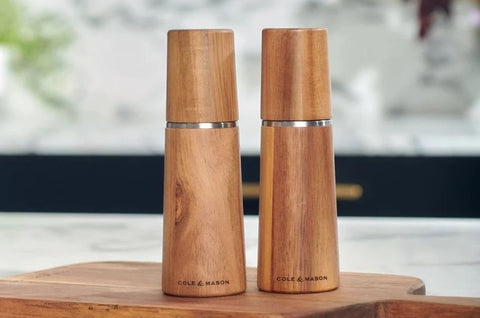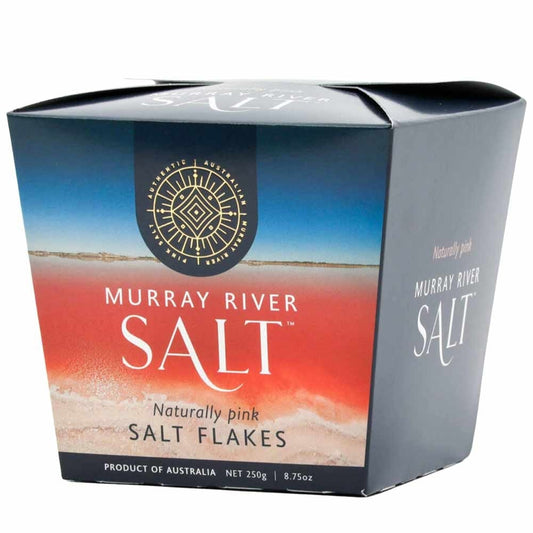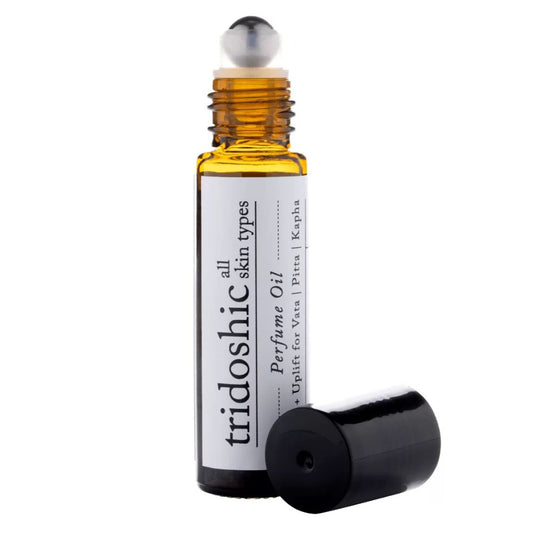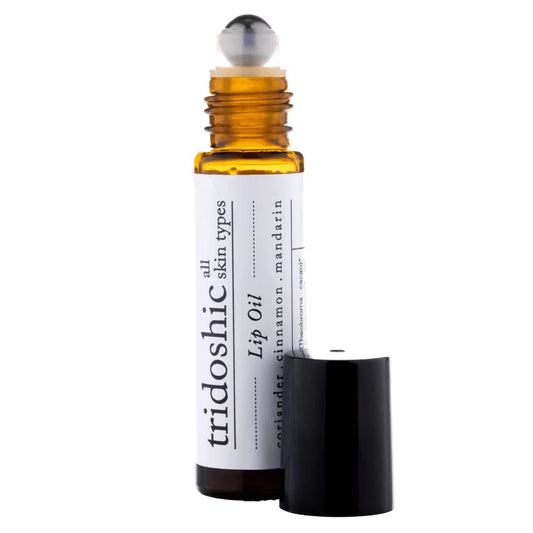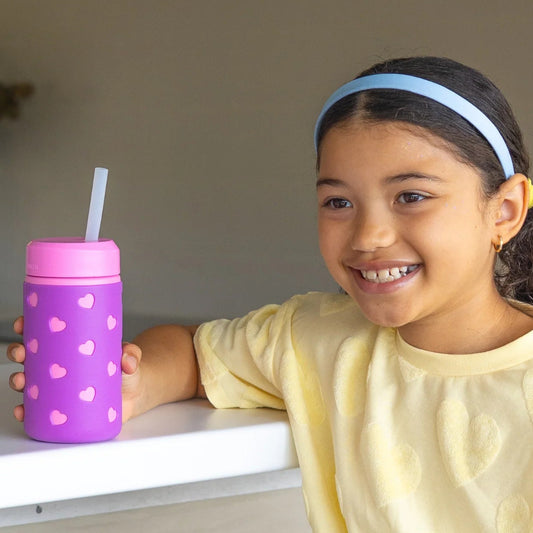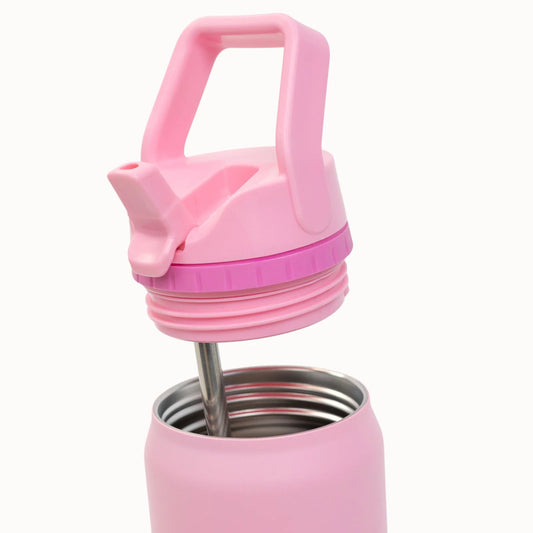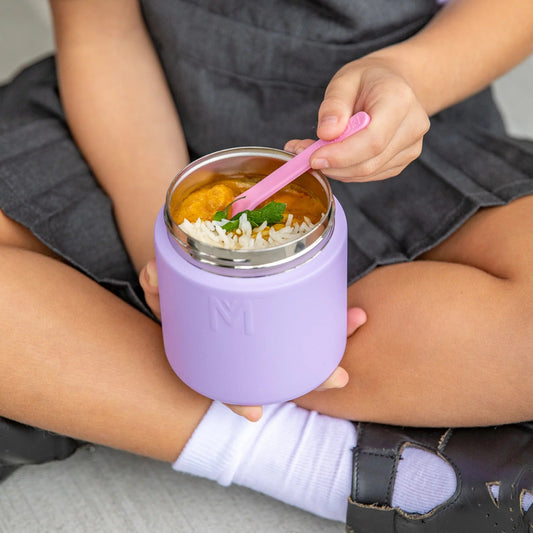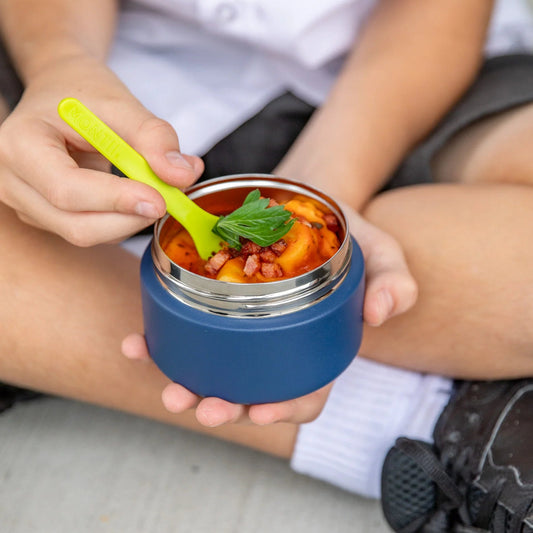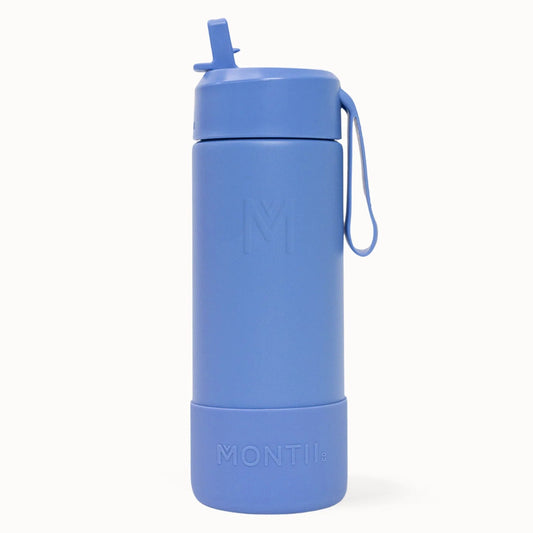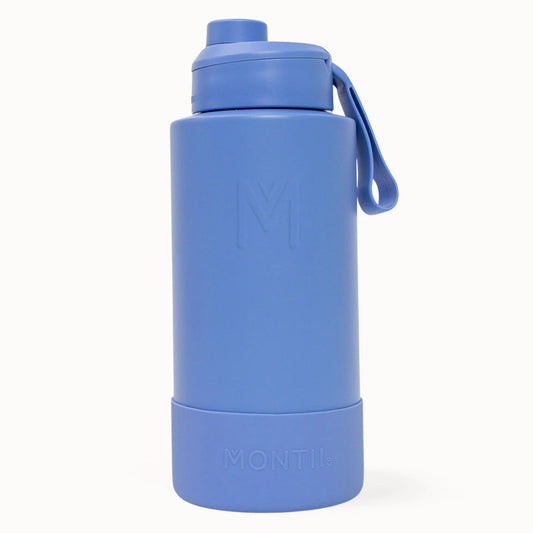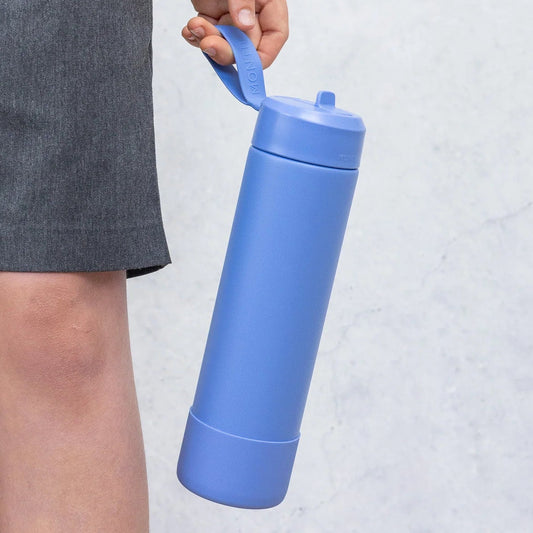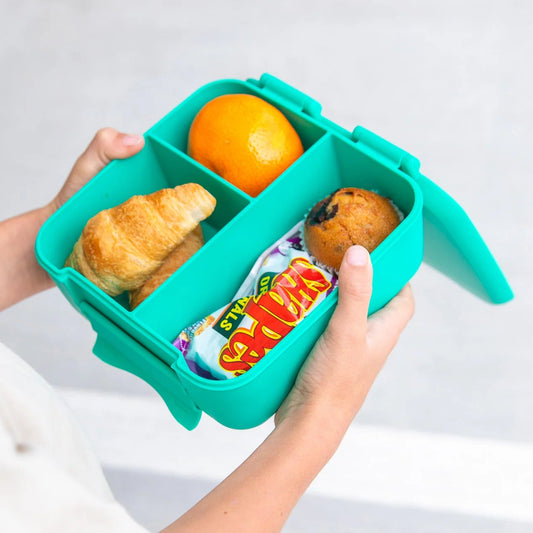Have you noticed how many disposable plastic salt, pepper and spice grinders are on the supermarket shelves these days? They dominate the condiments section, or are placed near the fresh produce, tempting you to add some extra flavour to your meals. But, the convenience of these devices comes at cost to the environmental, your health and your wallet!
Disposable plastic salt and pepper mills are a relatively new phenomenon. They started appearing in the market around the early 2000s, and since then they have become more and more popular. They are deliberately non-refillable, single-use, disposable grinders - and the fact they are not refillable is not obvious on the packaging!!
People like freshly ground salt and pepper as it retains more of the natural oils and nutrients, and has a more intense and complex taste than pre-ground ones.
But why buy disposable grinders? Why not use a traditional refillable grinder (or mill)? The disposable ones appear a convenient all in one solution, but is it really that much harder just to refill?
Perceived value is another factor. Many consumers think that these products are cheap and affordable, ranging from $3.50 to $5.50 per unit. However, this is a false economy. If you compare the price per gram of salt or pepper in these grinders with the price of bulk or refillable options, you will find that you are paying much more for much less. For example, a 50g Saxa Pepper Black Peppercorn Grinder costs $4.00 at Woolworths, which means you are paying $0.08 per gram of pepper. On the other hand, a 500g packet of Coles Whole Black Peppercorns costs $6.00, which means you are paying only $0.012 per gram of pepper. That's almost seven times cheaper!
The cost is not only monetary. There is also a huge environmental and health cost associated with these products. Disposable plastic salt and pepper grinders are difficult to take apart and refill (though not impossible if you know the trick), but it means that most people simply toss them out. The problem is that they are made from mixed materials, small components and materials that are not recyclable (e.g. acrylic). What grinds me is that we're throwing chunks of plastic and glass in rubbish because we can’t easily separate the plastic and glass parts - and even if you could the plastic bits are too small to recycle.
When were Salt & Pepper Grinders invented?
The earliest versions of of pepper mills were based on a mortar and pestle design. Salt and pepper grinders continued to evolve over the centuries, with different materials and mechanisms being used.
The modern pepper grinder was invented by Peugeot of France in 1842. Cole and Mason, a British company founded in 1919 as a giftware manufacturer, started producing salt and pepper mills in 1946, after acquiring a patent for a stainless steel grinding mechanism. They have since become one of the leading brands of salt and pepper grinders, offering a wide range of styles and materials, both manual and electric.
Microplastics in Food
One of the sources of microplastics in food is disposable plastic salt and pepper grinders. When you use these products, you may be unknowingly grinding some of the plastic into your food along with the salt or pepper. This is because the grinder mechanism is often made of plastic as well, and it can wear off due to friction with the hard crystals or peppercorns. According to a study by researchers from the University of Newcastle in Australia, an average person could be consuming up to 5 grams of plastic per week, which is equivalent to a credit card.
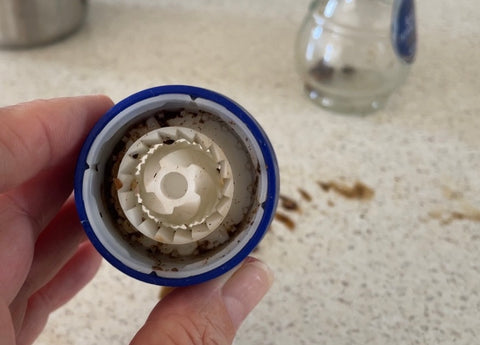
Another source of microplastics in food is the origin and packaging of the salt and pepper itself. Most of the salt and pepper sold in disposable plastic grinders are imported from overseas countries, such as India, China, Pakistan, Brazil, or Italy. This means that they have to travel long distances and undergo multiple processes before reaching your table. During this journey, they may be exposed to contamination from plastic packaging materials or machinery parts.
For example, Saxa Pepper Black Peppercorn Grinder is packed in Italy using peppercorns sourced from various countries (not specified on the label). Coles Whole Black Pepper Grinder is packed in India using peppercorns sourced from Vietnam (also not specified on the label). Both products use plastic grinders that are not recyclable in Australia.
How to Avoid Disposable Grinders
So what can we do to avoid these problems? The best solution is to stop buying disposable plastic salt and pepper grinders altogether and switch to more sustainable alternatives.
Here are some tips:
- Buy salt and pepper in bulk or refillable packages from local or organic sources.
- Use reusable glass, stainless steel or wooden grinders or mills that can be refilled with your own salt and pepper.
- Avoid buying salt and pepper that have artificial colours, flavours, or preservatives added.
- Choose coarse sea salt over fine table salt, as they have more minerals and less processing, such as Tasman Sea Salt or Murray River Salt flakes.
- Choose whole black peppercorns over white or green ones, as they have more flavour and antioxidants.
- Grind your own salt and pepper only when needed, as they lose their aroma and potency over time.
Look for last for life quality grinders that use ceramic mechanism for salt and carbon steel grinders for peppercorns.

Some people still enjoy using a mortal and pestle to grind their salt and pepper as needed.
Think twice before you reach for that disposable plastic salt and pepper grinder. By following these tips, you will not only save money and reduce waste, but also enhance the taste and quality of your food. You will also protect your health and the environment from the harmful effects of microplastics.
MORE READING
A Better Salt Than Celtic Sea Salt and It's From Australia
The Top Sustainable Solutions for 2023


